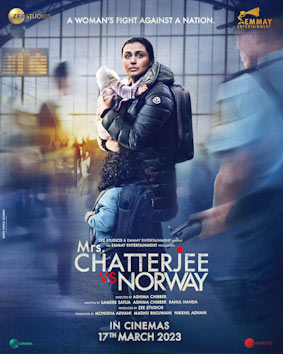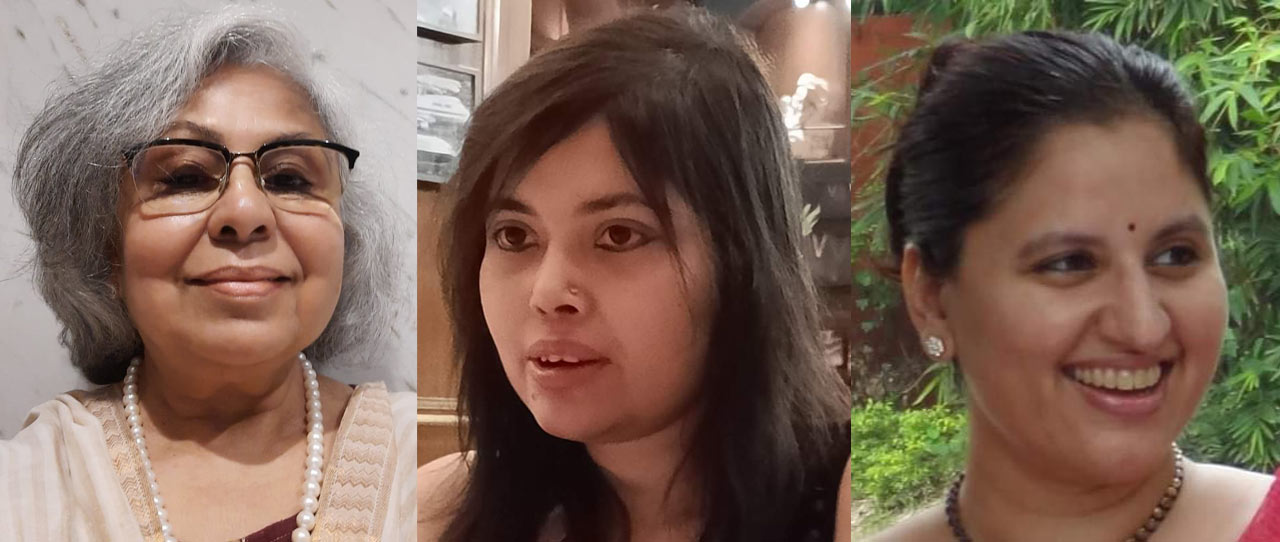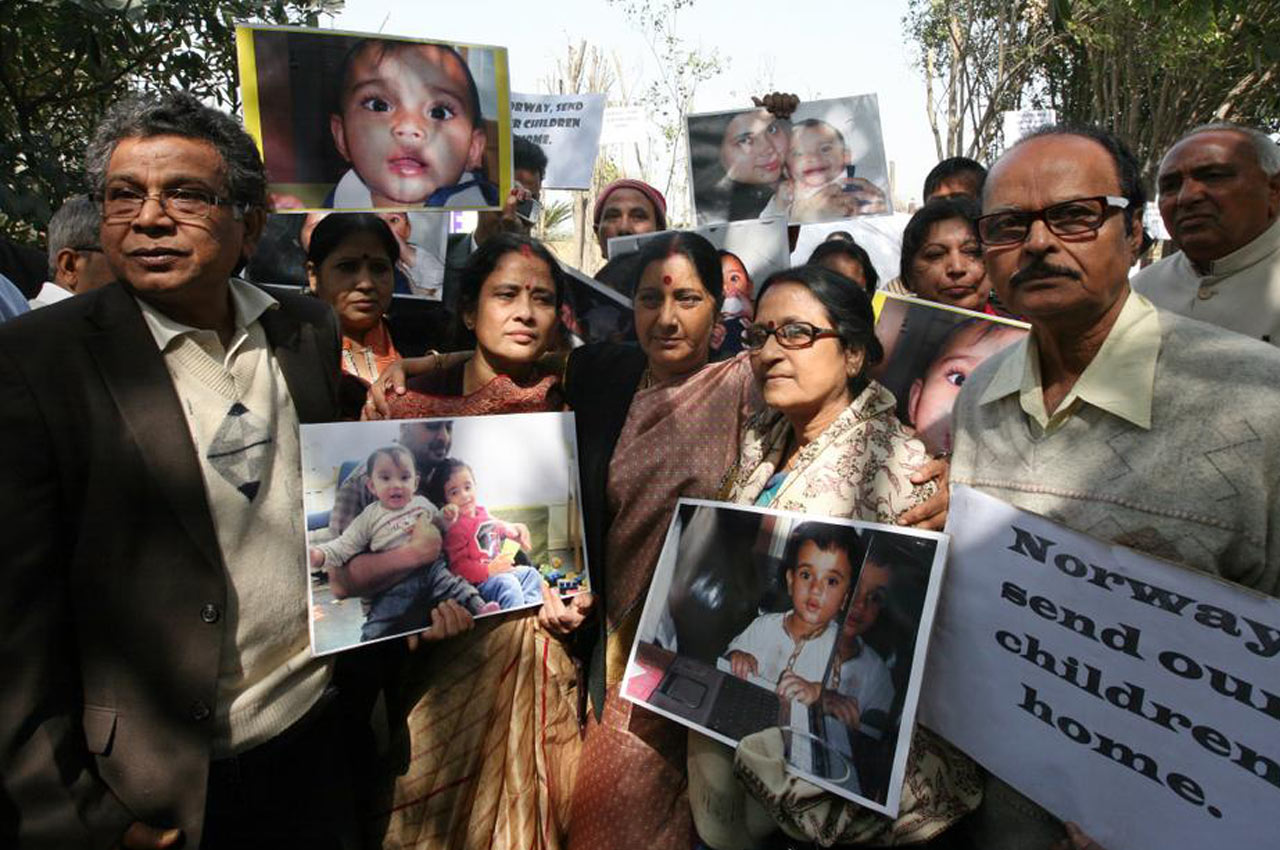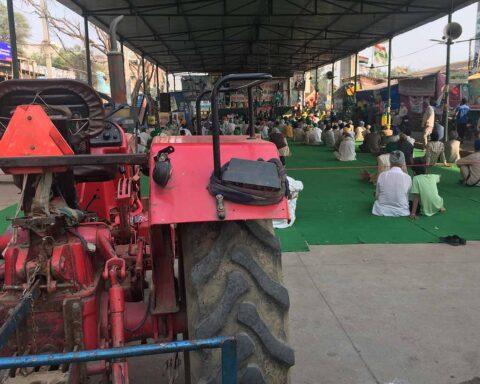The reaction of film critics to Mrs Chatterjee vs Norway, released recently in cinemas, despite a decent opening day box-office collection of ₹1.85 crore, has been lukewarm. The film is based on the real-life trauma of Sagarika Chakraborty, an immigrant from India in Norway — a country with a population of 5.6 million — whose children were forcibly taken away by the Child Welfare Services, Barnevernet, and were put in foster care for over three years. The case made headlines a decade ago. Most of the reviews, apart from dwelling on Rani Mukherjee’s performance, do not foray into the larger issue of child welfare.
According to the Norwegian authorities, the reasons for their drastic action stemmed from alleged transgressions by the parents like feeding the children with their hands instead of a spoon, which the authorities said was like force-feeding, and not making them sleep in a separate cot. Recently, the Norwegian ambassador to India, Hans Jacob Frydenlund, denied this and said he had fed his own children by hand. However, when the story of the custody battle broke in 2012, it was reported that these were issues serious enough to suggest that the Indian couple could not take care of their children.

There were other issues reported as well. The mother reportedly hit the children. The kindergarten where the autistic son went told the authorities they felt there was a disconnect between the mother and the child as she never dropped the child to school or came for meetings, it was only the father. She was undergoing counselling for bringing up an autistic child and one day had a major argument with the counselling team in her home. The children were then removed from her home.
Norway has taken pride in its childcare rules for decades and still does. It invests a lot of funds in children’s homes and provides childcare to children of all nationalities. How serious are the issues of child rights, parenting, and the role of the state can be judged from the fact that Frydenlund wrote an op-ed piece in The Indian Express to counter the allegation made in the film about money being the main motivation. “Child welfare is a matter of great responsibility, never motivated by payments or profit,” he wrote.
In contrast to the Indian film critics, he paid a left-handed compliment to Mukherjee: “Given Rani Mukherjee’s acting ability, it is tough to be unmoved by it and movie goers may walk out of the theatre thinking of Norway as an uncaring country.”
In reply, former diplomat and Congress politician Mani Shankar Aiyar wrote in the same paper, “The Ambassador writes he has beautiful memories of the time ‘my children were growing up’ and these included, ‘feeding them with my own hands.’ He was lucky he did not suffer the surveillance of the English social worker in Stavanger, Norway, who told Sagarika, the Indian mother, that Indians were ‘barbarians’ who ‘ran around naked’ until the British civilised them.”
The mother reportedly hit the children. The kindergarten where the autistic son went told the authorities they felt there was a disconnect
Aiyar knows the issue better than most politicians in the country barring the late Sushma Swaraj, Mamata Banerjee and Brinda Karat, who also took up Chakraborty’s story, because his own daughter, Suranya Aiyar — an activist and lawyer — fought the case. Today, Suranya’s calendar is full because she is being approached by people from other countries to fight similar legal battles.
Talking to Tatsat Chronicle, she said, “Even though the issue of custody of children and their being forcibly taken away came into the limelight with Sagarika, the issue is not restricted to Norway.” She has been getting calls to fight cases over the custody of Indian children by child welfare officials in many countries, including the US, France and Germany.
Suranya set up her own portal, www.saveyourchildren.in, in 2018 to deal specifically with this issue. Despite the denials by Frydenlund, the number of stories posted on the portal by the people of Norway are self-explanatory.
One of the stories states: “…a top Norwegian child protection expert and member of the 14-member national Expert Commission on Children, Joe Erik Broyn, was found guilty of possessing and sharing about 200,000 pictures and 4,000 hours of video showing children subjected to brutal sexual abuse. But the system appears to be too lenient on the question of this child psychiatrist’s two young children to whom he is the single parent.” He was sentenced to two years’ jail uder Norway’s child pornography laws. Asked whether Norwegians approach her because Indian lawyers are better at handling such cases, she said, “The West got interested in us after we scored a victory in Sagarika’s case, and it became international news.”
“Child welfare officials picking up children has increased globally because those working in these institutions are trained to pick holes in normal parenting. They are also very critical of parents hailing from the lower rungs of society,” she added.
Asked if Indian laws are better than those of other countries, Suranya said that, on the contrary, Indian child protection laws are very insensitive. She wrote in a 2018 article published in The Sunday Guardian that “our child protection laws give too much power to social workers and foundations like Child Welfare Committees (CWC) to remove children from parents for reasons falling far short of any conventional understanding of child abuse”. She traces this trend to the carving out of an independent Ministry of Women and Child Development (MWCD) in 2006, when the Department of Women and Child Development was taken out of the Ministry of Human Resources.
She strongly believes that the laws and rules perpetuated by the MWCD have been retrogressive and aggressive and says they have been “unthinkingly endorsed by Parliament and the public has no idea how to counter this”.

What exactly does the law say about the fate of children taken away from parents and put in childcare homes or shifted from one country to another, as shown in the movie? In Mrs Chatterjee vs Norway, Mukherjee, as Debika Chatterjee, was not given custody of her two children even after they were sent to India and were living with her in-laws in Kolkata, because her husband had labelled her mentally unstable. When she contested this in court, the lawyer for the Norwegian child welfare agency argued that since she did not have the means to get them educated in “good private schools”, they had better be taken away to Norway where the state would arrange for their education, and they would have better job opportunities. Another argument presented in the movie is that it is not about India or Norway, but the “best interests of the children”.
OFFICIAL DENIES ‘FED BY HAND’ ALLEGATION
When Mrs Chatterjee vs Norway was released, a screening of the film was organised in Stavanger, where Sagarika Chakraborty had lived. According to news reports, some children who have been forced into foster care by Barnevernet have been critical of the agency after watching the film. A report by TRT World suggests that by the end of 2021, close to 10,000 children were living in foster care in Norway of whom 3,561 children belonged to immigrants.
One of the reasons for activists and lawyers reporting their cases on Suranya’s portal is that the media in Norway is not paying adequate attention to the issue of children being put in foster care without their consent as mandated by the UNCRC.
Interestingly, one of the articles mentions that Gunnar Toresen, who had signed off on the emergency care order in Chakraborty’s case, is still not convinced that the children should have been handed over to the mother. Having retired two years ago, he says the case was politicised and denies the allegations that being fed by hand was one of the reasons for taking away her children, as has been depicted in the film. The report quotes him as stating that “there were concerns about the development of the boy as the parents were not getting along. It was an arranged marriage, and they had a large age difference between them.” He also says, “I asked journalists from India why there is so much interest in Chakraborty’s children when children are dying every day on the streets of Kolkata.”
Toresen’s retort might sound impolite, but it’s a fact that in India the children of the poor are often left to fend for themselves—as is glaringly evident in every big city.
Asked if Indian laws are better than those of other countries, Suranya said that, on the contrary, Indian child protection laws are very insensitive
Coming to India, “best interests of the children” is the central premise of the Juvenile Justice Act, 2000. But the main problem is who gets to decide what is in the best interests of the children? Is it the parents, social workers, agencies or the government? Activists say that their fate should not be left to child welfare committees, which are manned by people who are either political appointees or bureaucrats who see it as merely a regular job.
Supreme Court lawyer Shashank Shekhar, who is a former member of the Delhi Commission for Protection of Child Rights and played a major role in drafting the JJ Act, says that the term “best interests of the child” comes from the United Nations Convention on Rights of Children (UNCRC) of 1989, which was ratified by India in 1992. He says the law is very clear that the first preference is given to the views of the child. “The law says that the views of the child, in case he is able to convey his wishes, should prevail over everything else. It’s a very participatory procedure. For instance, in a marital dispute if both parents want custody of the child, the court asks the child with whom he or she wants to live. My experience is that you have to deal with patience and compassion with children to get their views on such matters. But if the child is too young, then the burden of deciding the best interests falls on the parents and there too the mother’s views get the first priority in law,” says Shekhar.
Women who are serving prison time for committing a crime and were pregnant at the time, have to deal with serious child welfare issues
Suranya’s main criticism of the JJ Act is that it is too harsh on children. She also claims that the UNICEF study that led to the formulation of the Protection of Children from Sexual Offences Act, 2012 (POCSO), relied on exaggerated figures. However, Dr Kiran Aggarwal, a senior paediatrician, who was involved in preparing the study, disagrees. She draws on her experience of dealing with parents reporting abuse of children and says, “We don’t get to see the real picture even today.” She feels that not all child welfare bodies should be tarred with the same brush.
About the Norway case, she says, “This is common practice in many countries, but it’s not always bad. One of my colleagues living in the US had twins. Ever since, the hospital authorities have been keeping a watch on her. They have offered that the hospital will take care of one child if she feels she is unable to handle both children at present. And their hospitals are not like ours, overflowing with patients. In many countries children are state property, nationality is not important.”
According to Aggarwal, women who are serving prison time for committing a crime and were pregnant at the time, have to deal with serious child welfare issues. “Their children are usually taken care of by their relatives and outwardly everything might appear to be fine. However, one of the jail wardens confided in me that some of the women prisoners remain constantly depressed because they know their daughters are being sexually abused at home,” says Aggarwal. In such cases, it’s important for the child welfare department and bodies to intervene, but that hardly happens.


























